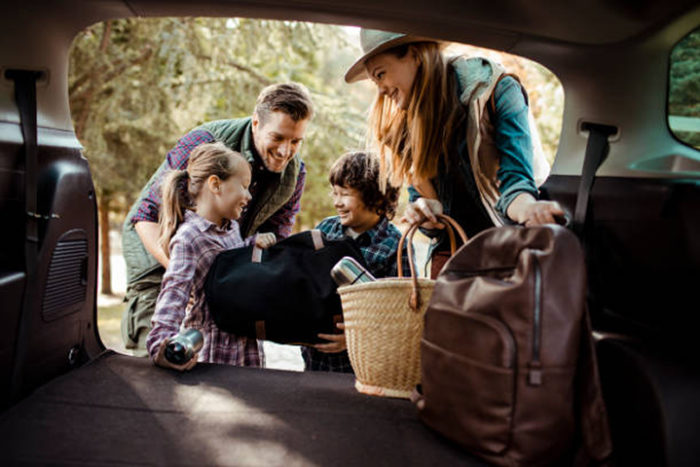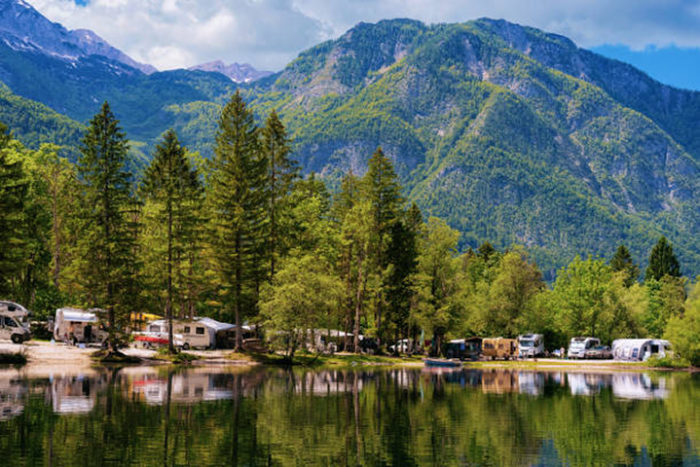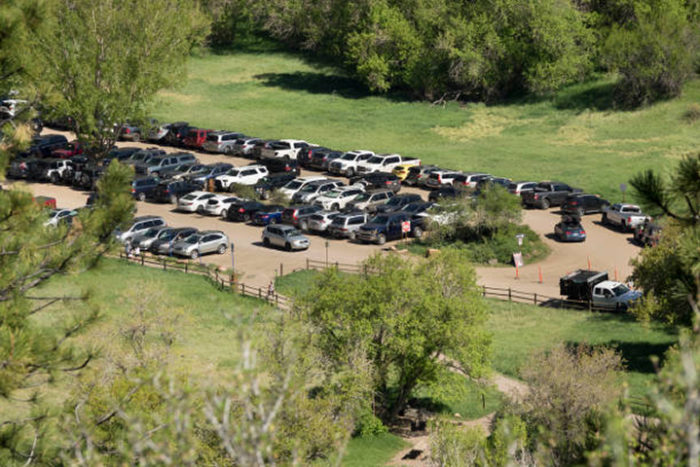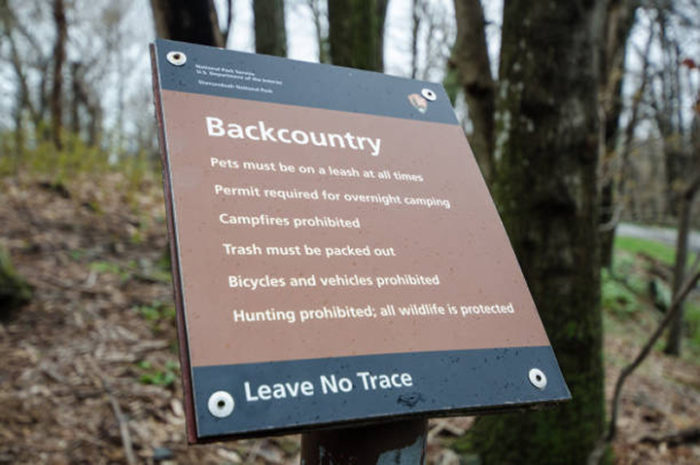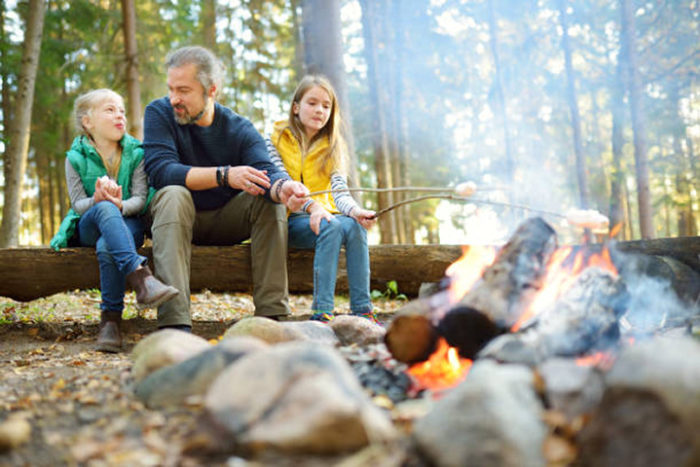Camping During COVID-19: Dos & Don’ts
Although the Novel Coronavirus is on the uptick in several states, campgrounds across the United States are remaining open for the summer season. The news is inspiring veteran and novice campers alike to ready their gear for an outdoor adventure.
Health officials state that outdoor activities – like individual or small group camping – have a lower risk of coronavirus exposure than indoor activities. A recent study of 318 COVID-19 infections concluded that only a single case originated through outside exposure. William Bryan, the acting homeland security undersecretary for science and technology, said the virus “dies quickest in the presence of direct sunlight.”
Though outdoor camping can be safer recreational activity than, say, going to the movies, “safer” doesn’t equal “safe.” Individuals still need to dodge confined areas, crowds, and close contact to dramatically reduce the likelihood of contracting the virus. Distancing yourself from others while camping is still recommended, especially if you – or anyone with whom you come into contact – has potentially been exposed to COVID-19 in the preceding 14 days.
If you are preparing for a camping getaway, the following tips will make you and your campmates safer:
Plan Ahead
Check the website for your campground frequently to get the most up-to-date information. The U.S. National Parks Service has a campground locating service for all of its parks and gives up-to-date information on Coronavirus restrictions and closures. Campground rules may change overnight, and campers need to be aware of the latest restrictions, recommendations, and rules — and how they are being enforced. If possible, plan your excursion at a not-so-busy time, avoiding holiday weekends, and weekends all together – if possible. Most of all, have patience. A lot of people are trying to get outdoors after being cooped up all spring. Have a back-up plan and be flexible with any sudden rule changes or campground capacity issues – such as the trailhead parking lot being full.
Know the Common Areas
Campgrounds, tent sites, mountain summits, heavily trafficked trails, public restrooms, and picnic areas tend to be more densely populated and will increase the risk of community spread of COVID-19. If there is a bathhouse or common area, ask how frequently it is being disinfected. You may want to consider bringing your own cleaning supplies. Although you may be keeping yourself safe, not everyone is abiding by the rules. Travelers should plan safety strategies for communal areas. If you are visiting a wilderness area or remote site, remember that wilderness ethics such as Leave No Trace still apply.
Stay Local
Consider camping locally so you are familiar with the resources available and so you are near medical services, if needed. Local camping also limits car travel and the number of stops along the way. Those stops for gas, food, or bathroom breaks can put you and other campers in close contact with asymptomatic spreaders of the virus. This is not the time for epic backpacking trips and bucket list excursions – even if they are in your home state. Officials in many states, as well as search and rescue groups, are urging the public not to take unnecessary risks that may place individuals and first responders at higher risk.
Choose the Location
As restrictions ease, you will feel more comfortable looking outside your immediate community to a different state and different types of camping. The National Park Service breaks down the types of camping available: backyard, close to home, in a car, with an RV, or in a remote area.
National parks are a great option for campers, and you can check online to see which parks are open. As of June 1, two-thirds of the 419 units of the National Park System are open. Check online for reservation and permit requirements. Keep in mind that while parks may be open, park buildings and restrooms may remain closed to limit exposure to the virus. Roads for vehicles, trails, or certain areas of the park may be closed as well. Plan ahead and verify regularly. Many state parks and private campgrounds are in different phases of re-opening, so check with your local state government for the up-to-date restrictions, regulations, and advice.
Essentials
Pack alcohol-based hand sanitizer (at least 60% ethanol alcohol or 70% isopropyl alcohol), soap, and enough water to wash your hands at your campsite. Bring a face-covering — mask, bandana, or scarf — to wear in public places. Sign up for a travel protection services membership so you’ll have access to medical evacuation, travel intelligence, and assistance services designed to protect you when you are away from home.
Interstate Travel to Campsites
Enjoy the Great Outdoors this Summer
Camping is a great option for your summer vacation and can be a safer choice, provided you prepare ahead of time. Research potential campsites, pack the right gear and keep safety top-of-mind. And as with any activity involving the great outdoors – be prepared to be flexible with any plans you make.
David Keaveny is an Advanced EMT certified in Advanced Wilderness Life Support and a medical operations specialist for Global Rescue, the world’s leading provider of medical, security, evacuation, and travel risk management services to enterprises, governments and individuals.

